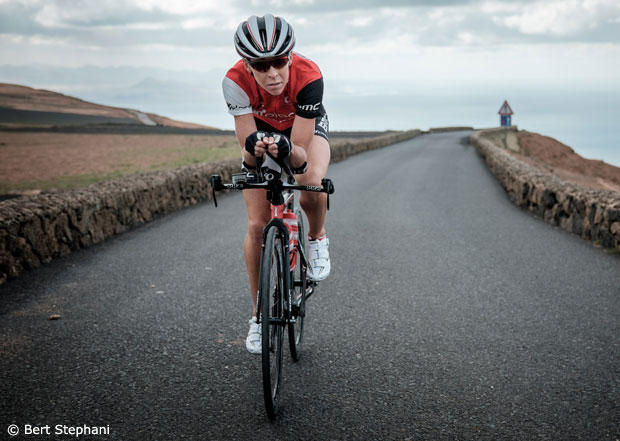We Need a New Name. We Need a New Home
I’m not a religious man but I admire some who are. One is Tony Campolo, a leader among Evangelical Christians. Just don’t use the word “evangelical” to describe him anymore. Here’s what he co-wrote of Evangelicalism in a New York Times OpEd last week: “A new movement is needed to replace it… Much of the good that went by the name “evangelicalism” has been clouded over,” he wrote. “Jesus-centered faith needs a new name.”
Tony Campolo wrote that the most recent presidential electoral "victory has pulled the roof off the building we once called home. It’s time to build a new home.”
Regardless of your political view or mine Mr. Campolo bucked 80 percent of people who look and believe as he does. These are the people who pay his bills. He dissed his own audience. That took some cajones. Bravo, Tony. Thou almost persuadest me…

I knew about USA Triathlon’s demographic report for 2015 some months ago. They showed me the numbers (the chart above is my own estimate of North American triathlon participation), asking me not to write about it until they published their report. When I first saw the data I wasn’t surprised. I knew, and I wrote (starting 2 years ago), that our numbers have been dropping for the past 4 years. Maybe 5. Tony Campolo wrote that "When it comes to religious identity in America, the fastest-growing group is the 'nones.'” I think that probably describes the endurance sport affiliation as well, because it’s not that triathlon is down, it’s that triathlon, cycling and running are all down.
Running is down for the 3rd consecutive year and it’s the Millenials who are “to blame.” But Millenials are not “nones” if that means inactive (or unspiritual). Here’s what’s not down among Millenials: untimed events. In politics, religion, and in how they treat their bodies, Millenials [fill in the blank with politics, religion, and physical expression] need "a new name… It’s time to build a new home.”
But this isn’t new and it’s not just Millenials. Societal movements and behavior flow along a series of waves: of insight and energy followed by entropy and comfort, followed by reawakening and renewal.
Part of the malaise in triathlon in North America is demographic – the pool of available people – and you can track this (we have). In 2001 my high school mate Greg Hitchcock wrote an insightful and quoted premise on how high performance running times in high school (sub 4:10 mile; sub-9min 2-mile) reliably track with population rates. I believe you can extend this to triathlon as well. Those high school boys who ran eventually went to college; then went to work; then started a family; raised the family; got their feet under them; and then took up triathlon. They begin to reenter endurance sport at roughly 30 or 35 years old and their peak involvement in triathlon occurs 23 years after they graduate from high school (triathlon’s mean male participant age is 41 and always has been).
High school running boomed from the late 60s to the early 80s, then tapered off. Triathlon boomed from 1983 thru 1988, then tapered off, and then took off with a roar beginning about 1998, climbing unabated, right through the recession, all the way to 2012 when it finally ran out of steam.
Let’s do a quick post-mortem. What went right in 1998?
1. Late-stage Baby Boomers entered triathlon with a full tank of gas and a head of steam;
2. Ironman got accessible, via Graham Fraser introducing 5 Ironman races in North America;
3. Charitable giving (e.g., Leukemia Team in Training) teamed with its perfect match: triathlon;
4. Show people a triathlon, they’re in!
What went wrong in 2012?
1. You can’t skyrocket forever;
2. The Baby Boomer generation ran out of gas;
3. Our sport got formulaic, staid, and in need of renewal;
4. We got tired of the charitable giving motif;
5. Private equity;
6. What nourished us in 1998 is threatening us today (Ironman is complicated, with its own discussion forthcoming).
I lived through triathlon’s doldrums in the 1990s. I’m here to tell you, we didn’t simply wait around for population and demographics to swing back in our favor. We humped. We worked. We tried. And it paid off.
Triathlon is booming right now in Latin America and Australasia. Why? Because multisport, as a lifelong lifestyle, is about as close to perfect as you can get if you can keep your sporting needle pointed true north. As was the case in the 1990s we need to hump, work, and try.
Our sport does need a new name and we do need a new home; I will describe in a series of “blog entries” this week and next some of what that new home might look like.





Start the discussion at forum.slowtwitch.com